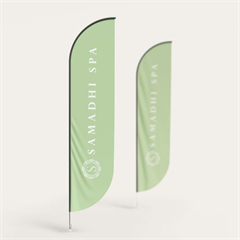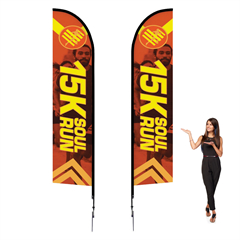1. Limited Space: Solution: Prioritize content hierarchy. Use headings, subheadings, and bullet points to convey information concisely. Focus on key messages and avoid overcrowding.
2. Information Overload: Solution: Streamline content by focusing on the most important information. Use visuals, icons, and infographics to simplify complex ideas.
3. Maintaining Consistency: Solution: Create a style guide with defined fonts, colors, and design elements. Stick to these guidelines throughout the brochure to maintain a consistent look.
4. Balancing Text and Images: Solution: Use visuals strategically to break up text. Ensure images are relevant and complement the content. Aim for a harmonious balance between the two.
5. Font and Typography Choices: Solution: Select legible fonts that reflect your brand’s personality. Limit font choices to a maximum of three and use different styles (bold, italic) for emphasis.
6. Lack of Visual Interest: Solution: Incorporate eye-catching visuals, textures, and color variations to enhance the brochure’s visual appeal. Use whitespace to create breathing space.
7. Meeting Accessibility Standards: Solution: Choose fonts with good readability, maintain proper color contrast, and include alternative text for images. Test the brochure’s accessibility using tools.
8. Printing Constraints: Solution: Work closely with your printer to ensure the design matches their specifications. Consider bleed and trim areas, color profiles, and paper options.
9. Uninspiring Content: Solution: Elevate content through creative headlines, engaging storytelling, and customer-focused language. Showcase benefits and solutions to captivate readers.
10. Lack of Clear Call to Action (CTA): Solution: Design CTAs that stand out visually. Use actionable language that clearly states what you want readers to do next.
11. Unbalanced Design: Solution: Apply principles of balance, such as symmetry or asymmetry, to achieve a visually pleasing layout. Use alignment and spacing effectively.
12. File Size and Format for Digital Distribution: Solution: Optimize images for the web to reduce file sizes. Choose appropriate digital formats (PDF, JPEG) that maintain quality while ensuring faster loading times.
13. Translating Design to Digital and Print: Solution: Design with both mediums in mind from the beginning. Test layouts, fonts, and images in both digital and print formats to ensure compatibility.
14. Feedback Incorporation: Solution: Gather feedback from multiple sources, but maintain a clear design vision. Make revisions that enhance the design without losing its original intent.
15. Time Constraints: Solution: Plan your design process well in advance. Break the design into manageable tasks, prioritize, and allocate sufficient time for each phase.
Addressing these common challenges with creative problem-solving will help you create brochures that effectively communicate your message, engage your audience, and leave a lasting impression.


























